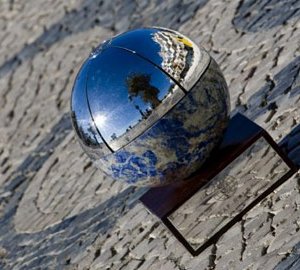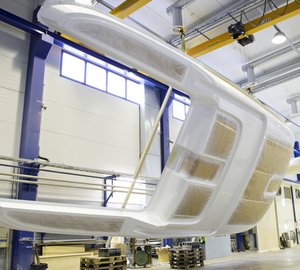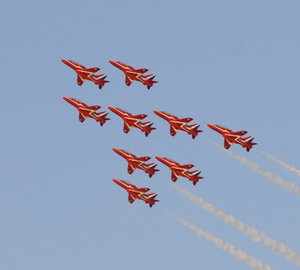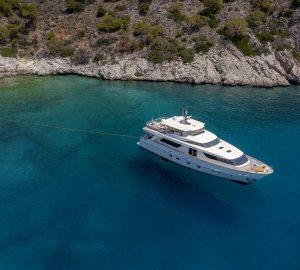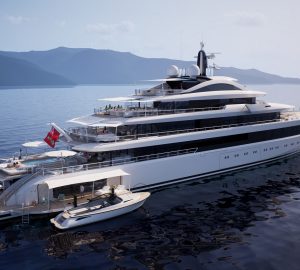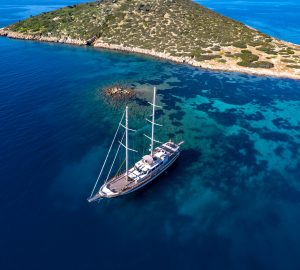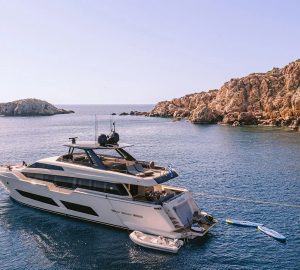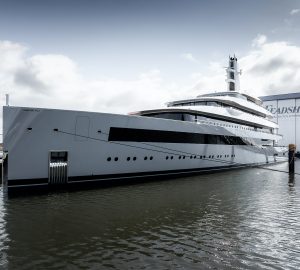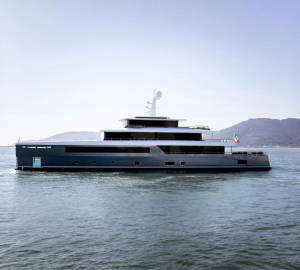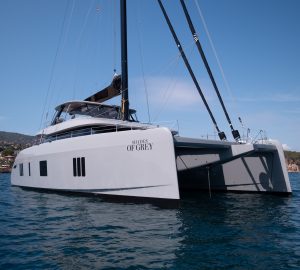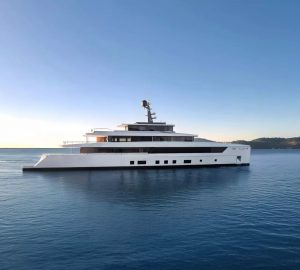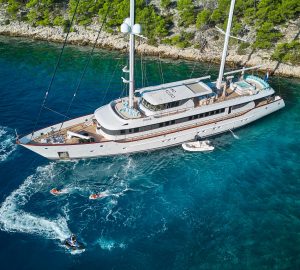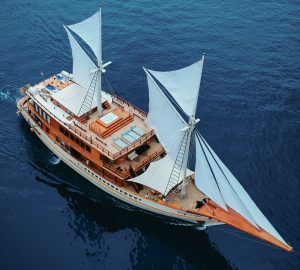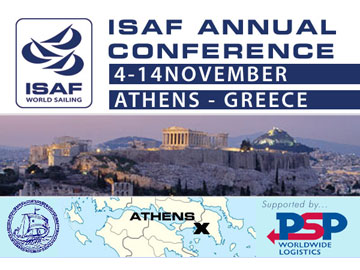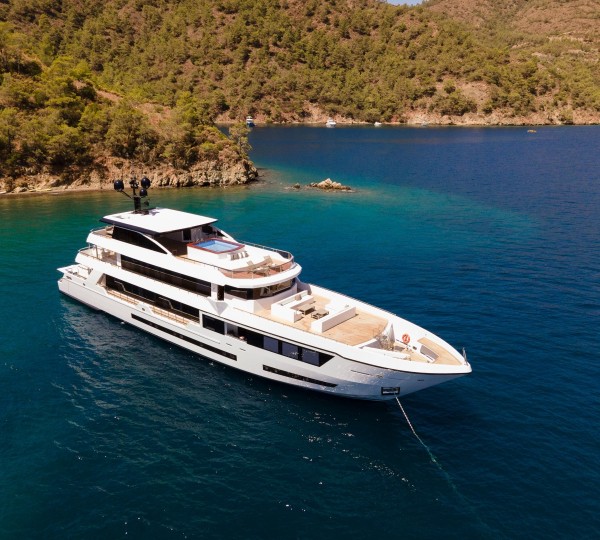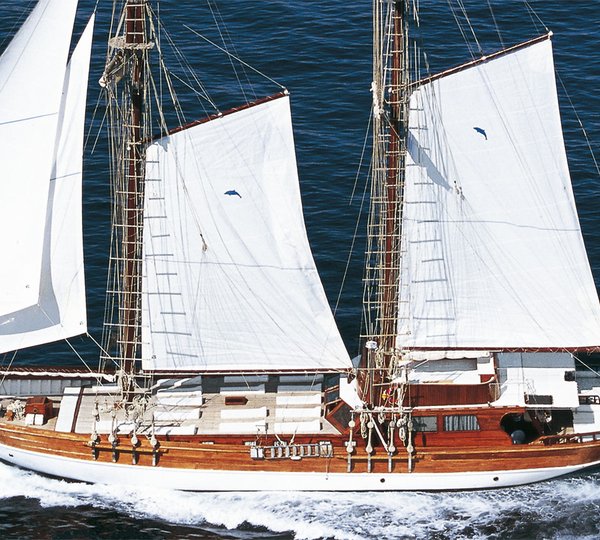At the end of this week over 500 people from the world of sailing will come together in Athens, Greece, for the 2010 ISAF Annual Conference. ISAF Committee, Sub-committee and Commission members, all of them volunteers, will travel from around the world to Athens. They will be joined by representatives from ISAF Member National Authorities (MNAs), sailors, event organisers, Class Associations, manufacturers and many more. All will be in Athens to discuss, debate, make recommendations and decisions on the issues and policies that will take the sport forward over the coming year and beyond.
This year the hot topic of debate will be the future direction of sailing in the Olympics and the effects this will have on events like the ISAF Sailing World Cup. Following the Olympic Commission report, much has to be debated and decided on how to make positive progress in this crucial area for the sport. Along with the ‘big’ issues, the conference is also a forum for moving forwards on all the day-to-day rules, administration and management policies of the sport that, while they do not grab the headlines, are important to ensure its success for everyone who takes part.
The conference is about much more than meetings and decision though. It is a unique gathering of the worldwide family of sailing. It is a chance to share ideas and best practice, discuss the future and share stories from the last twelve months.
On Sunday 7 November, ISAF are hosting the Connect to Sailing Seminar focusing on how ISAF’s training and development team are helping to build and develop grass roots sailing programmes around the world. It will include success stories from Iceland, Turkey, South Africa and the Netherlands and examine possible sources of funding.
The MNA Coffee morning on 9 November is chance for those looking to build sailing in their countries to meet and build networks with members of the ISAF team, race officials, representatives from other MNAs, Classes and boat manufactures.
ISAFs In-House Certification scheme has seen some significant growth during 2010, with manufacturers now spanning five countries across three continents and some 8500 certification stickers on equipment. On 5 November, ISAF are running an ISAF In-House Certification seminar covering the latest developments and introducing those to new to the scheme to how it works, how to get involved and the positive impacts on Class Associations, MNAs, manufacturers and sailors.
Along side the business of sailing, the conference is also a time to celebrate sailing success at the ISAF Rolex World Sailor of the Year Awards, which this year takes place on Tuesday 9 November. This year’s nominees come from the around the world and all sailing disciplines with kiteboarding, windsurfing, Olympic sailing, keel boat, offshore and youth sailing all represented. It will be a truly spectacular night and a great demonstration of the depth and breadth of talent in world sailing.
Looking from the outside, the Conference can seem to be a complex process. In practice, it is a system that allows the sailing world to have a voice and impact on decision making through MNAs, class associations and the volunteers who give up their own time to support the sport. So how does the conference work and what is the decision making process.
Ahead of the Conference, submissions are sent to ISAF proposing changes to existing policies or regulations, or to introduce new ones. ISAF Member National Authorities, ISAF recognised Classes, Committee Chairmen, the Executive Committee and the ISAF President can all make Submissions. The Submissions are assigned to one or more Committees for review depending upon their subject matter.
During the first week of the Conference, all Submissions are discussed at a series of Committee meetings ranging from Audit to Windsurfing. Committees consider Submissions relevant to their area of expertise and pass their recommendations to the ISAF Council. At their meetings, Committees also consider other areas relevant to them, such as venue selection for future ISAF events and reports on recent events through to Race Official appointments.
At the end of the Conference, the ISAF Council hold their meeting over three days chaired by President, Göran Petersson. It is at this meeting that Council make the final decisions on all submissions. Along with the President, the Council is made up of seven Vice-Presidents, two Officers of Honour (non-voting), twenty-eight appointed members (representing each of the regional groups of sailing nations), and representatives of the Oceanic and Offshore Committee, ISAF Classes Committee and Women’s Forum. This ensures that the views of sailing worldwide are taken in to consideration in the decision making process. After reviewing and taking in to consideration all the Committee recommendations Council will decide whether each Submission is accepted, rejected or deferred for further consideration. It is then the job of the ISAF Executive Committee to put the decisions into practice working with the ISAF Secretariat team.


